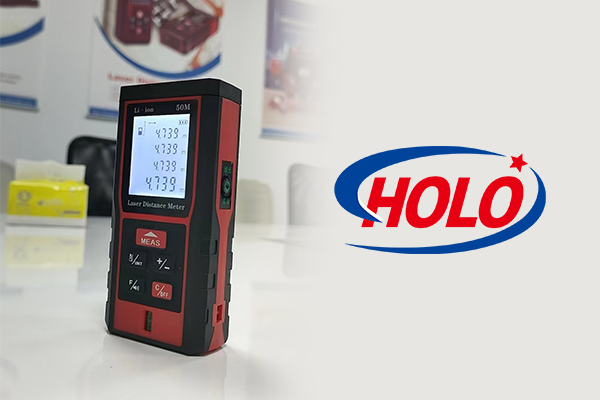Google’s driverless car uses its own sensors to identify the surrounding environment and roads. A fast-rotating advanced laser distance meter is installed on the roof, which can scan all directions over a distance of more than 60 meters, obtain accurate three-dimensional maps at any time, and upload them to the on-board computer. There are 4 radar sensors around the body to detect long-distance obstacles, designed as a layout of 3 in front and 1 in the back. The position evaluator responsible for positioning can monitor whether the vehicle is driving on the route set in the GPS map. It is installed on the left rear wheel by Google engineers; the “eyes” of the car are next to the rearview mirror inside the car. This camera can “understand” traffic lights and monitor moving obstacles such as pedestrians and bicycles. The large amount of information about the surrounding terrain collected by the car is all handed over to Google’s data center for processing, and the data center accurately stores the speed limit standards and exit locations of each road. If the vehicle is driven by the driver, the data center will give voice commands such as “approaching the intersection” and “be careful of pedestrians” through the speaker.
Unmanned driving can reduce the burden on drivers, react faster than humans, and reduce traffic accidents. BMW, GM, Volvo and other companies have launched similar systems. However, smart cars still bring certain problems, such as the definition of accident responsibility, system stability and safety, etc.

